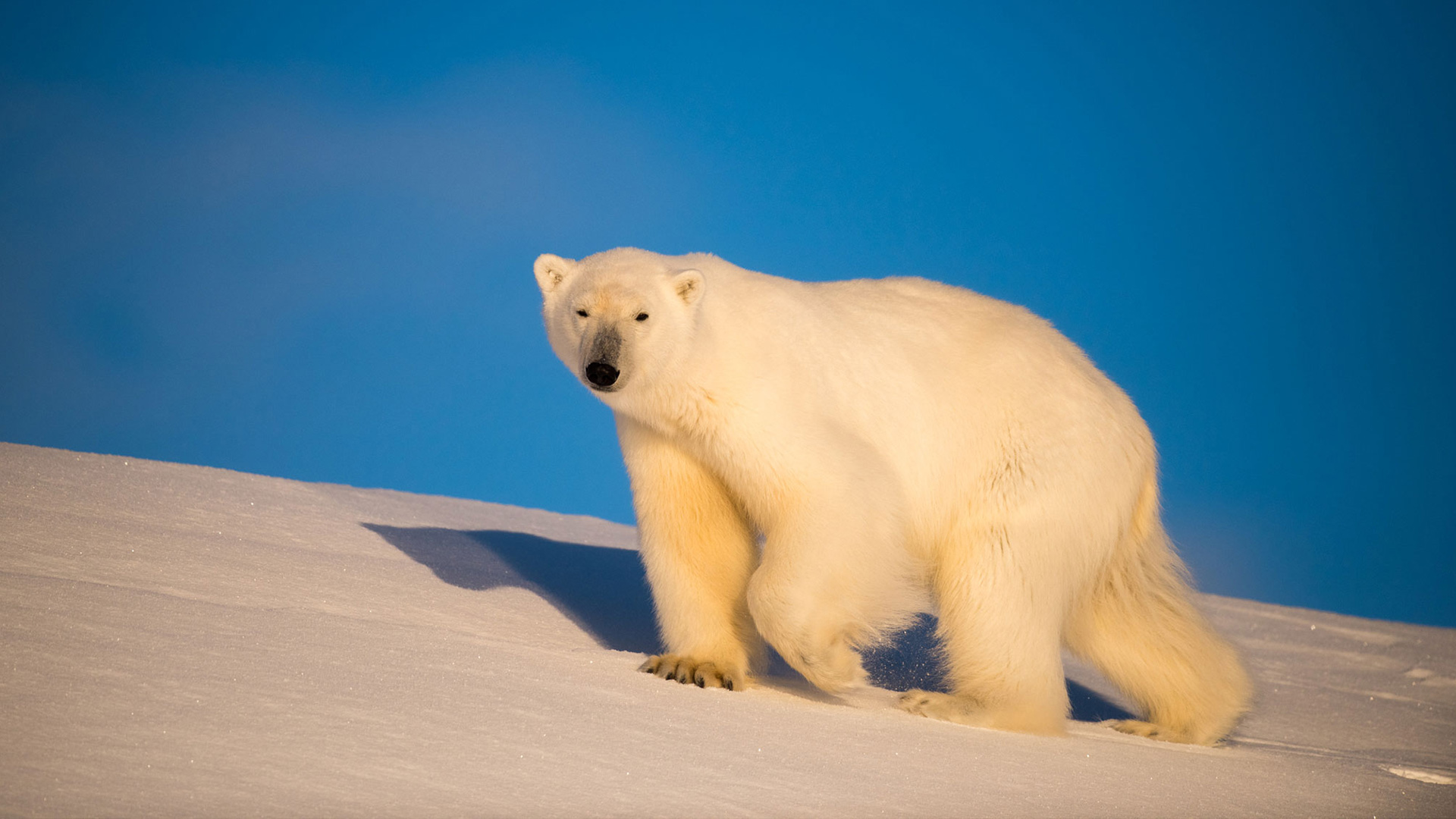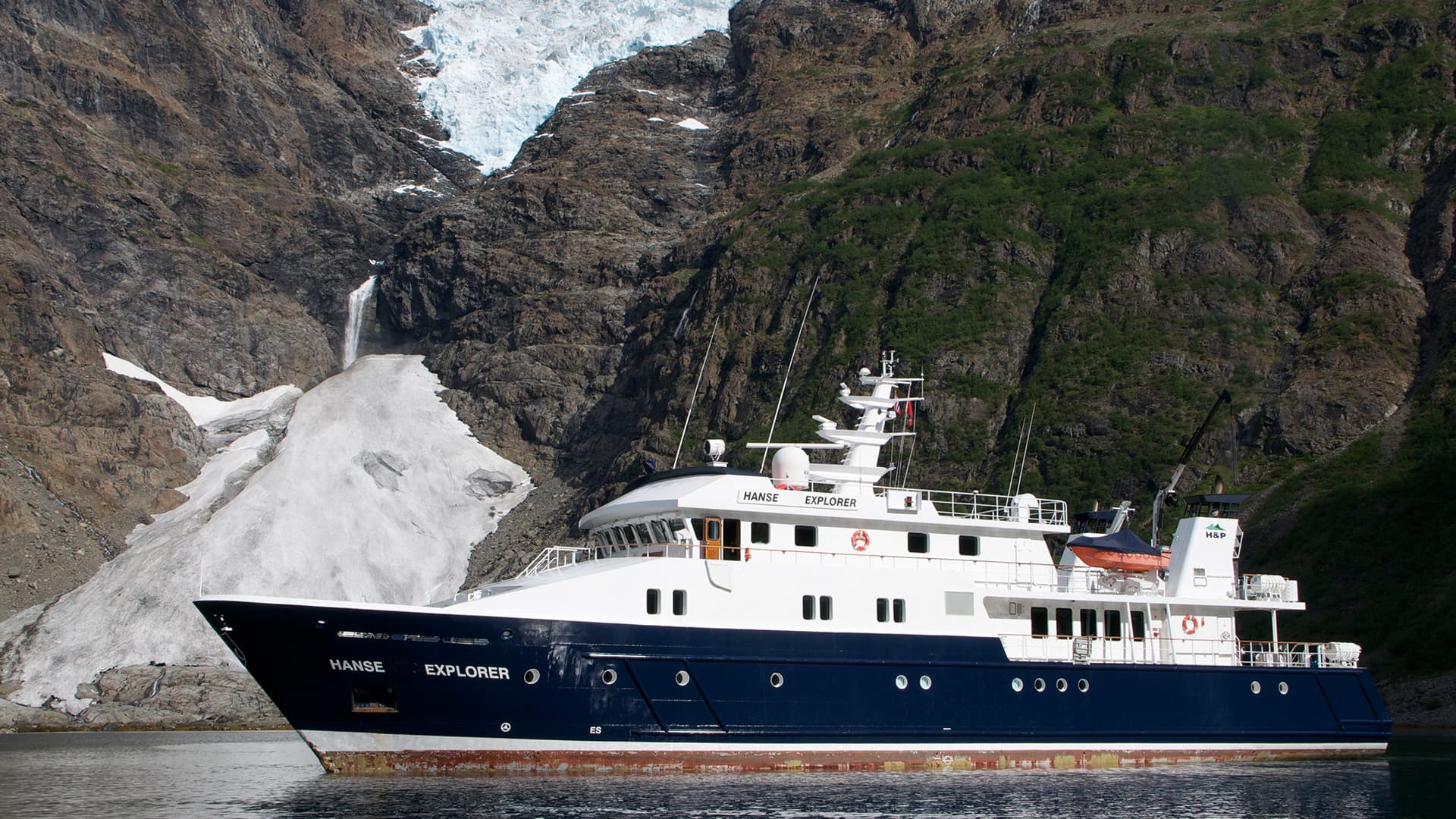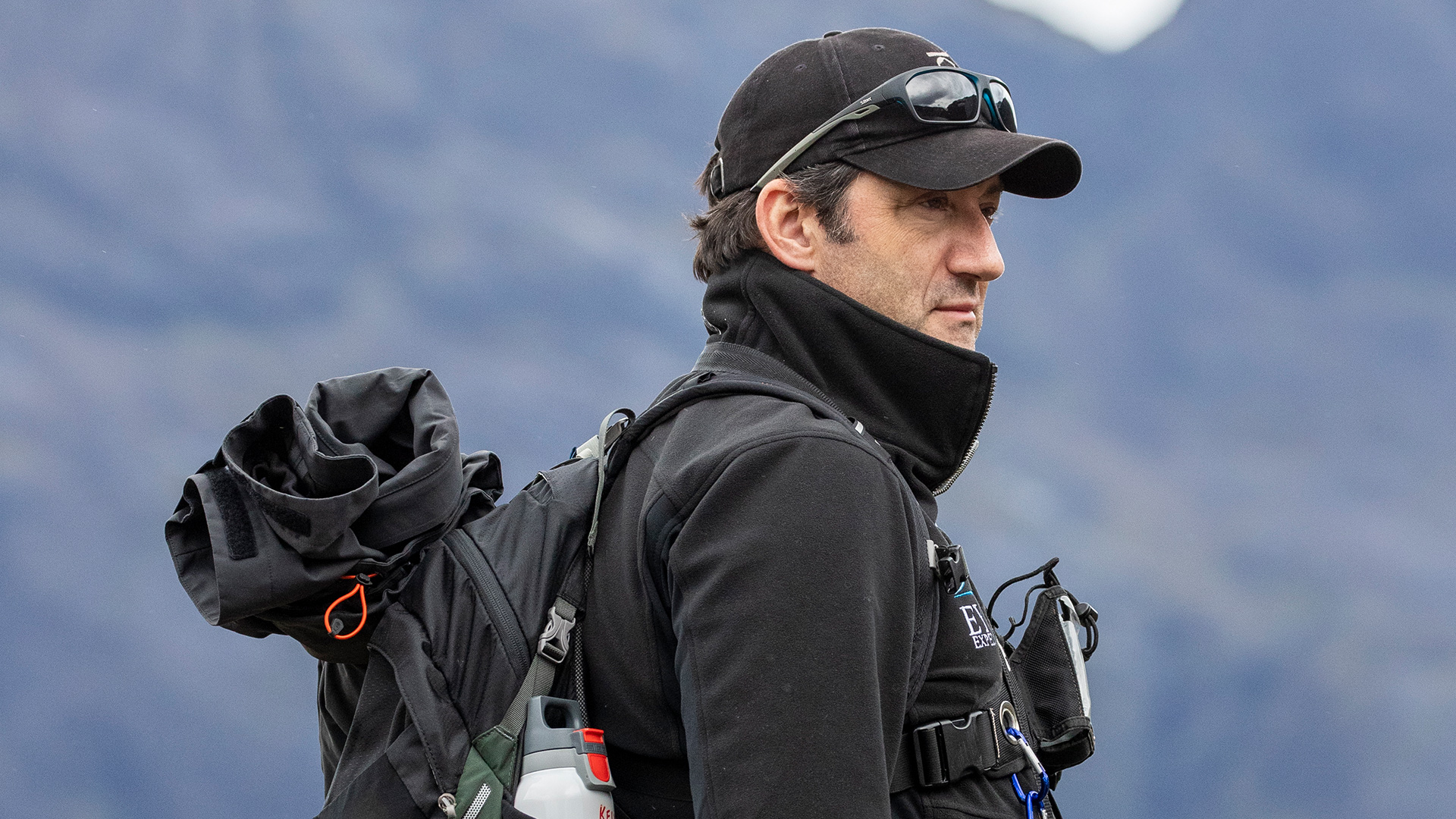We’ve spent the past two days in the pack ice north of the Svalbard archipelago, and have had some terrific wildlife sightings.
11 July
Polar bears, walrus and countless seals
Last night we saw our first polar bear, a large male traveling across broken sea-ice. This morning we had close encounters with several groups of walrus, both in the ice and swimming.
Both days revealed dozens and dozens of Bearded and Ringed seals hauled out on the ice, and hundreds and hundreds of Harp seals swimming amongst the floes.
Then this evening, a second bear.
This one, a sub-adult male, provided a welcome interruption to dinner as he strolled along a large floe, climbed some ice blocks, rolled around scratching his back and belly, and finally took his leave of us, plunging into an open lead and swimming to the next floe to continue his mysterious perambulations across the Arctic ocean.
13 July
Sorrow Bay
This morning found us in Sorrow Bay. Named for the trials and tribulations Dutch whalers withstood in the 1600’s, several dozen graves from the 17th and 18th centuries now lie here. It was flat calm, and standing atop the peaceful ridge it was difficult to believe this was the site of the most northerly naval battle in history!
In 1693, three French warships attacked some 40 Dutch whalers here, in a dispute over ‘fishing’ territories. Thirteen of the Dutch ships were taken or sunk, the rest escaped. The violence underscores the desperate situation whaling interests faced by the 1690’s—Bowheads had been severely depleted and commercial whaling in Svalbard was on its last legs.
Whale sightings
After a visit to the walrus haul-out inside the bay, where some 50 animals basked in the morning sun, we headed north, offshore, as conditions for spotting whales were perfect. Bowheads are still a rarity in these waters, but other species can be seen, as evidenced by our earlier sightings of Beluga, Humpback and Minke whales.
Fin whales
We saw some tall blows off to the north, and first fell in with a single Fin whale. It was feeding deep, making 6 minute dives and only staying on the surface for about one minute, so we moved further north where numerous blows had been spotted. This appeared to be a group of Fin whales, but one was different. Very different.
A blue whale
Here was a blue whale, the largest animal to have ever lived on this planet. The huge splash-guard forward of the blowhole, the tiny dorsal fin set far back on the body, and the mottled complexion all were classic clues that we were looking at one of the rarest large whales in the world. We were able to stay with the animal for the better part of an hour as it dove and fed near the Fin whales.
A Wild, Wild Day
Slowly winding down from the exhilaration of seeing the leviathan, we passed by the nature reserve of Moffen Island, and spotted another bear and well over 100 walrus. A wild, wild day.



